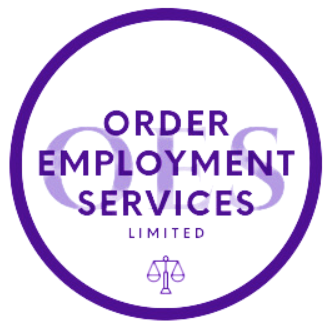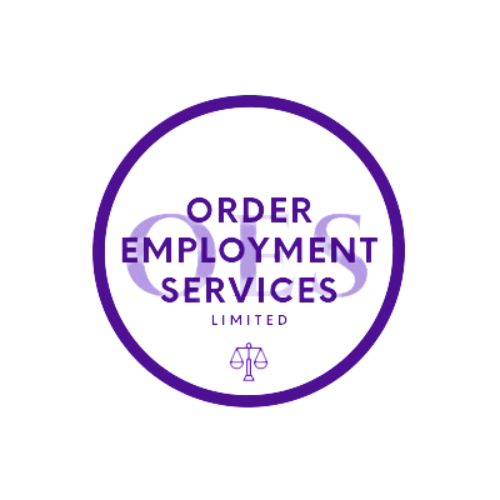
Small and medium-sized employers (SMEs) must navigate the complexities of employee relations with a keen sense of balance and understanding. The essence of employee relations lies in harmonising the scales of employee rights and employer responsibilities. This delicate balance affects every aspect of the workplace environment, from daily operations to long-term strategic growth.
For SMEs, where resources are often limited, the capability to manage employee relations effectively can be the difference between a thriving business and one that struggles with constant turnover and legal challenges. This guide aims to demystify the nuances of employee relations, providing SMEs with the tools and knowledge to manage this critical aspect of business successfully.
Understanding Employee Relations
At the heart of employee relations is a straightforward concept: the interaction between an employer and its employees. However, the execution is anything but simple. It encompasses everything from the legal framework, including the ACAS Code of Practice on Disciplinary and Grievance Procedures, to the day-to-day communications that shape the workplace culture.
For SMEs, understanding the disciplinary process in the UK, and integrating terms like ‘grievance,’ ‘grievance meaning,’ and ‘grievance procedure’ into the operational vocabulary is essential. It’s also about being aware of the financial and reputational implications of these processes. A poorly handled grievance at work can escalate into costly legal battles, erode employee morale, and damage the employer’s brand.
Strategies for Employee Relations Management
Developing a proactive approach to employee relations is vital. This begins with establishing a solid foundation: a clear, accessible grievance policy and a well-understood disciplinary process. SMEs should not only have these policies in place but also ensure that they align with the ACAS disciplinary process and the ACAS code of practice on disciplinary and grievance procedures.
However, effective employee relations management goes beyond having the right policies on paper. It’s about fostering an open-door policy where employees feel comfortable discussing their concerns before they become formal grievances. Regular training sessions for managers on the disciplinary process in the UK, coupled with performance management systems that reward fair and effective handling of employee issues, can form the backbone of a strong employee relations strategy.
Technological Solutions for Employee Relations
Technology can be a game-changer for SMEs in managing employee relations. The right HR software can automate and streamline many aspects of the grievance and disciplinary processes, ensuring consistency and compliance with UK laws. These solutions can also facilitate better communication between employees and management, allowing for more efficient resolution of workplace issues.
When evaluating technological solutions, it’s important for SMEs to consider their specific needs. Factors such as the size of the company, the nature of the workforce, and the complexity of the employment issues should guide the selection of software tools. Cost-effective solutions that offer scalability and user-friendliness are particularly suitable for mid-sized employers who need robust yet flexible systems.
Navigating employee relations in the digital era calls for smart, scalable solutions. Technological tools are indispensable for SMEs aiming to streamline their HR processes and foster a culture of transparency and efficiency. HR software solutions can automate routine tasks such as tracking annual leave, managing the disciplinary process UK-wide, and ensuring that grievance letters are addressed timely and appropriately.
For instance, consider the implementation of an integrated HR platform that allows for real-time tracking of employee grievances. Such a tool could offer features like automated alerts for follow-up actions, maintaining a record of the grievance procedure, and generating reports that help in making informed decisions. When selecting such technologies, it’s crucial to weigh their functionality against the cost, ease of use, and the specific needs of your business. Investing in the right technology can result in significant savings.
Case Studies and Real-World Examples
There is much to learn from the experiences of other SMEs in managing employee relations. Case studies can provide valuable insights into the practical application of policies and technologies. For instance, a small tech company may share its journey in implementing a new HR software system that revolutionised its grievance process, while a mid-sized manufacturer might discuss how it overhauled its disciplinary process to better align with the ACAS code of practice.
These real-world examples offer a rich tapestry of lessons learned, best practices, and innovative approaches to common challenges. They also serve to remind SMEs that while the road to managing employee relations effectively can be fraught with challenges, it is also paved with opportunities for growth and improvement.
Real-world scenarios provide a window into the effectiveness of good employee relations practices. Take, for instance, a case study from a medium-sized retail company. After facing a series of grievances related to scheduling and shift assignments, the company implemented a new HR software that allowed employees to input their availability and preferences. This not only reduced the number of grievances but also increased overall employee satisfaction and productivity.
Another example comes from a small manufacturing firm that was dealing with frequent disciplinary issues. By revising their disciplinary process to align with the ACAS disciplinary process and providing additional training to their managers, they saw a significant reduction in repeat offenses and an improvement in the workplace atmosphere.
These cases illustrate the tangible benefits of prioritising employee relations and the impact it can have on a company's operations and morale. They show that while challenges in employee relations are inevitable, they can be overcome with thoughtful strategies and the right tools.
Employee relations are not just about managing problems; they are about preventing them. By understanding the legal requirements, putting the right systems and policies in place, and learning from the experiences of others, SMEs can create a workplace where employee relations contribute to the success and health of the business. This guide has provided a roadmap to help SMEs navigate the complexities of employee relations with confidence and compliance.
Continue the Conversation
The power to transform your employee relations and, by extension, your business, is at your fingertips. Mastering employee relations is an ongoing journey.
Stay Informed: Subscribe to our newsletter to keep abreast of the latest in HR innovations and best practices.
Deepen Your Knowledge: Download our detailed eBook to gain more insights into HR Mastery.
Get Personalised Advice: Contact us for a personalised consultation to discuss how our services can be tailored to your unique needs and help you navigate the complexities of HR management.
Let’s work together to turn your employee relations into a pillar of your business success. Your journey towards exemplary employee relations begins now.



